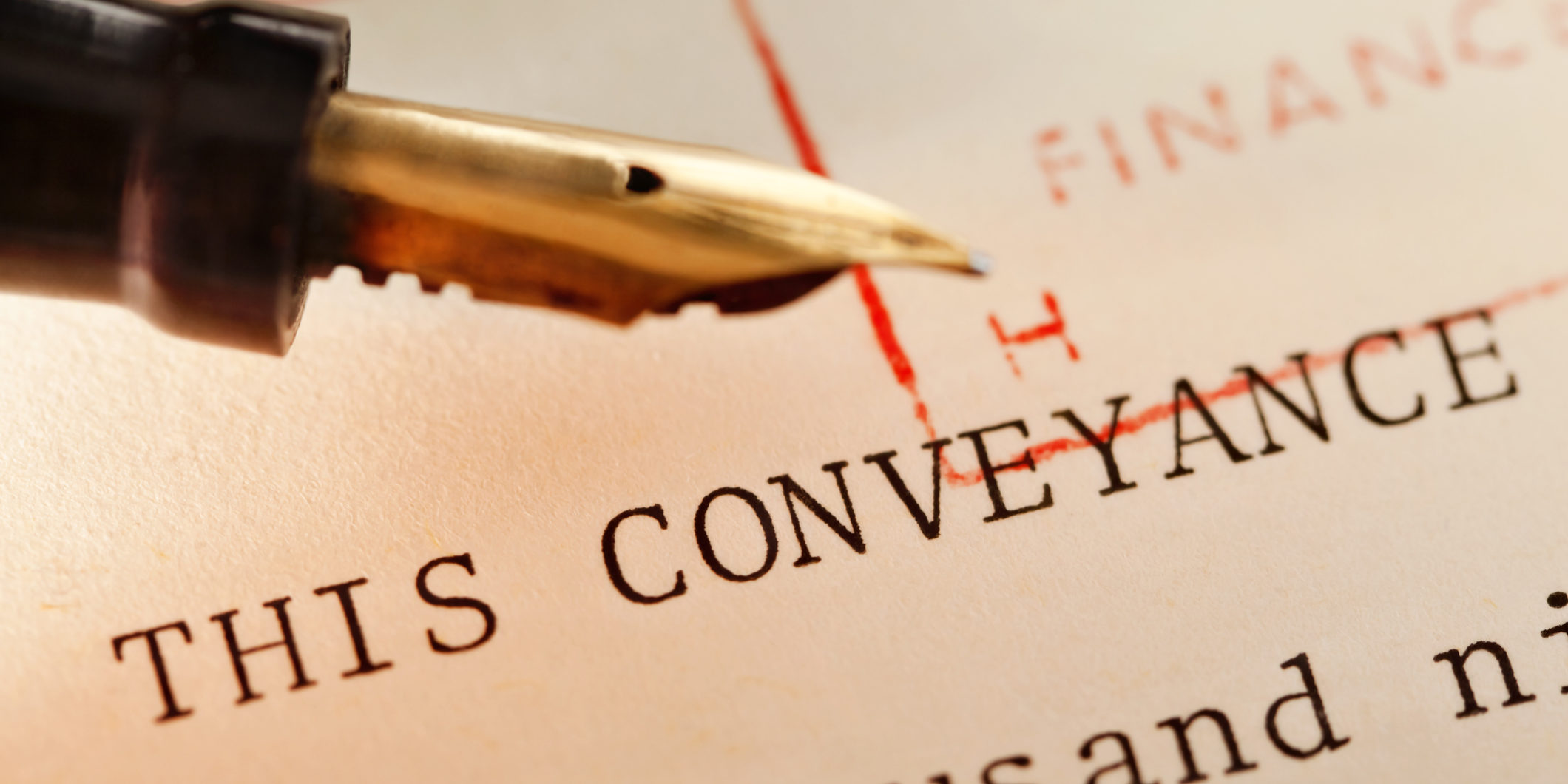An important legal process of purchasing or selling property, residential conveyancing is the necessary action of transferring the contractual title of a property from one owner to another. If you’re looking to sell or buy property, you’ll need a property conveyancing service carried out by an experienced property solicitor or conveyancer.
The Process of Residential Conveyancing
Residential conveyancing is put into motion as soon as an offer on a property has been accepted and wraps up when they finally receive the keys. Often taking around 8-12 weeks to complete, residential conveyancing services can take longer if noticeable or severe issues are identified in the survey. Below, we provide a detailed analysis of the residential conveyancing process, breaking down each step individually:
Quote
The first step in residential conveyancing is being supplied with an initial quote.
Memorandum Of Sale
Once a sale has been agreed upon, the estate agent will supply the memorandum of sale to all invested parties, to provide a full detailed analysis of the transaction and allow the solicitor to begin processing the transaction itself.
Open Purchase File
At this stage, the residential conveyancer will open a purchase file for your new property, which will typically involve a letter being sent out asking for vital documents, such as a valid photo ID, evidence of your source of funds and potentially even a questionnaire allowing you to raise any queries you have regarding the property you are purchasing.
Contracts
Next, the residential conveyancer will receive the draft contract pack that has been drawn up by the seller’s solicitor. This will often involve the draft contract itself, energy performance certificates, (EPCs), warranties, guarantees, planning and building permissions and/or regulations among others.
Title Check
Once the contract has been received, your conveyancer will double-check all documentation to ensure there are no errors, missing information or issues with the title.
Conduct Searches
An essential part of any residential conveyancing process, conducting property searches are carried out in three major ways; local, drainage and environmental.
- Local Search: This type of search is conducted to confirm if the road(s) outside the property are either maintained by the local authority or are private. It will also confirm any planning or building permit applications.
- Drainage Search: Used to determine the location of water and sewage pipes, a drainage search will also confirm if the drains are maintained by the water board or are privately owned.
- Environmental Search: This search will help provide key details about the property and the surrounding area/environment. An environmental search will also highlight any potential contaminated land or flood risks in the local area.
Worried about the stress of selling or buying a property? At Richards & Lewis, we know how tough it can be working through the conveyancing process alone. This is why our highly-qualified solicitors are here to provide top quality legal aid with our knowledge of residential law. Need residential conveyancing services? Contact us today.







